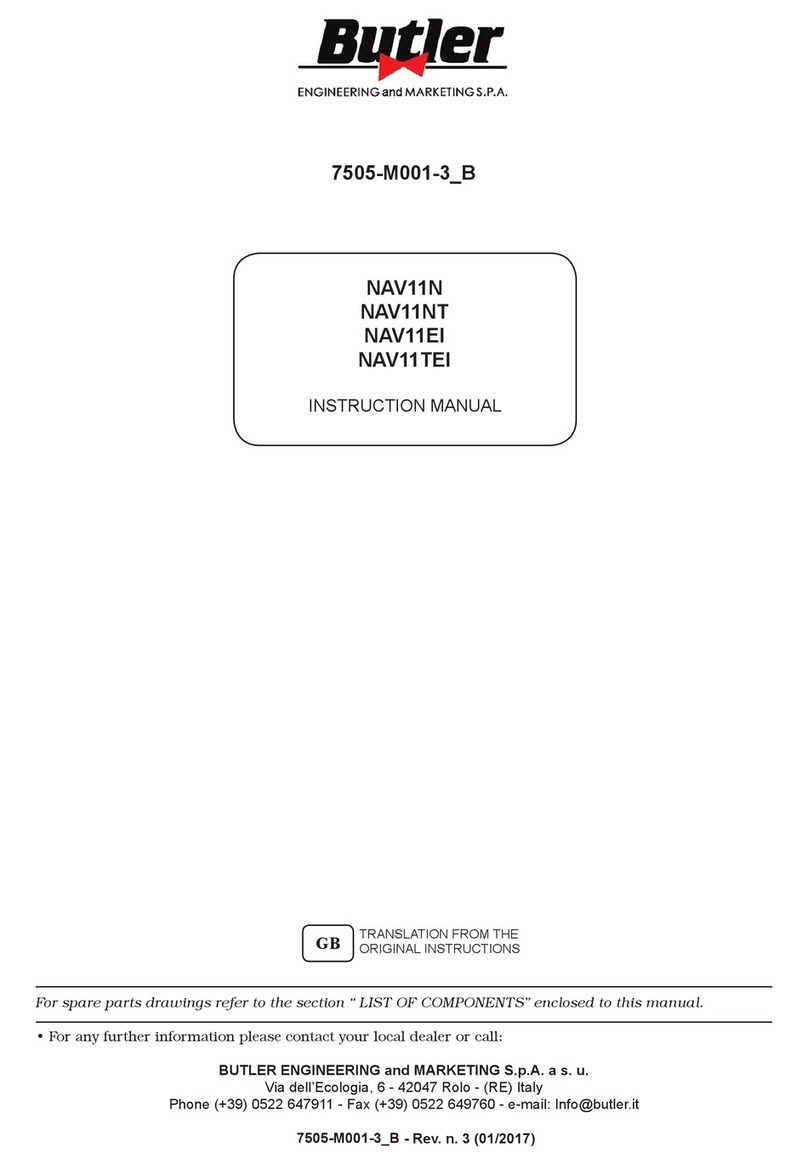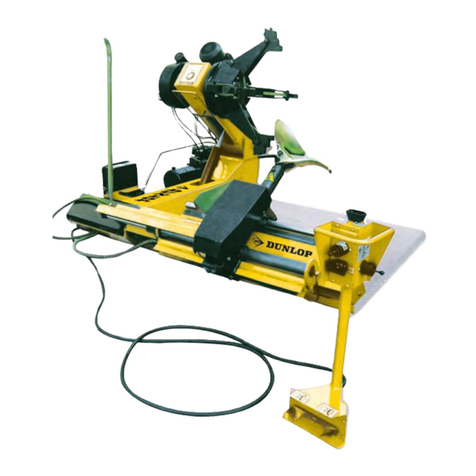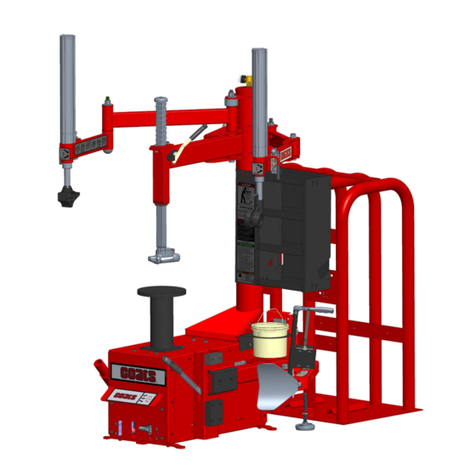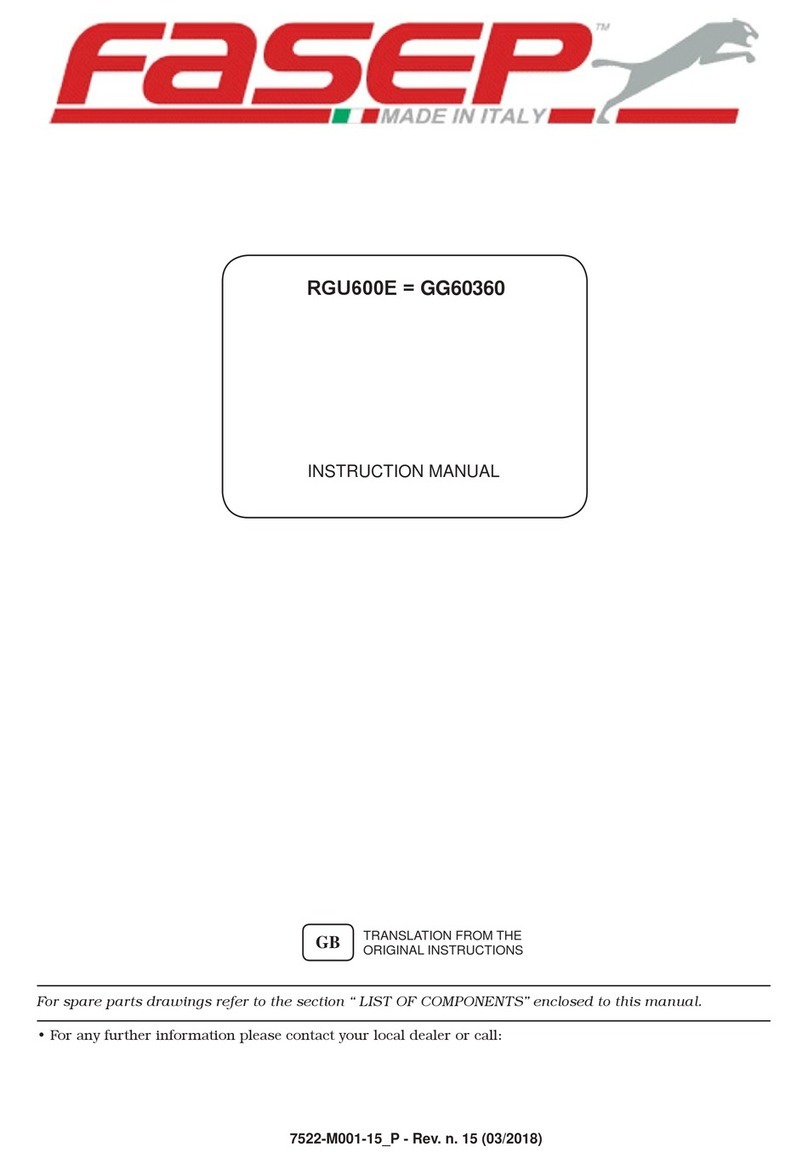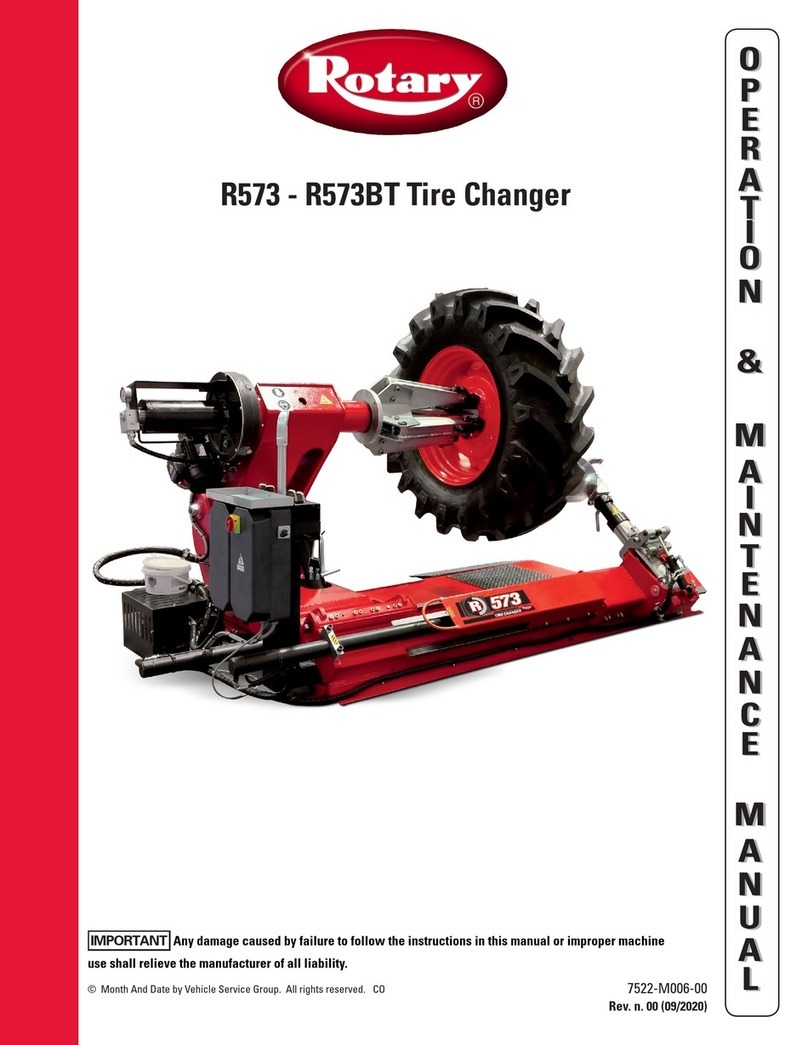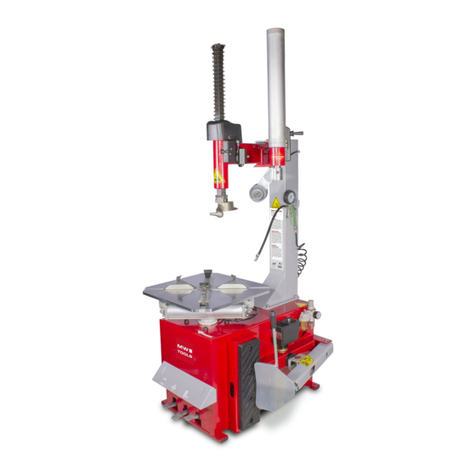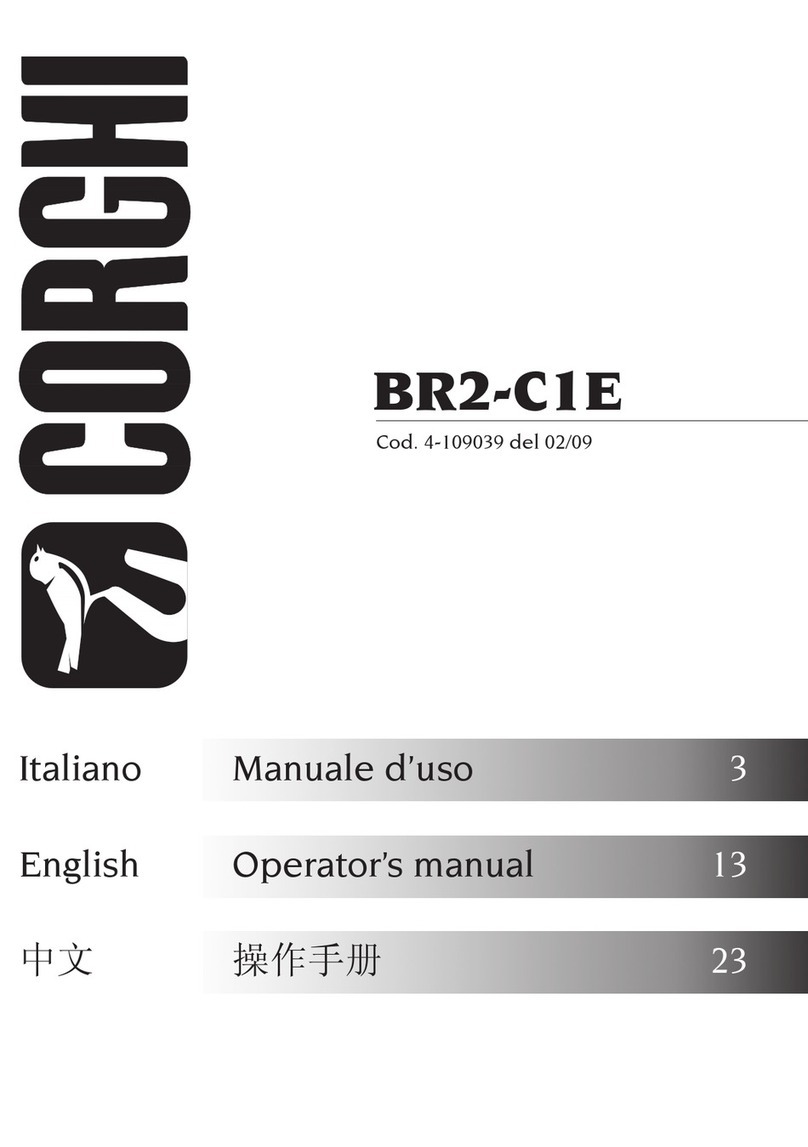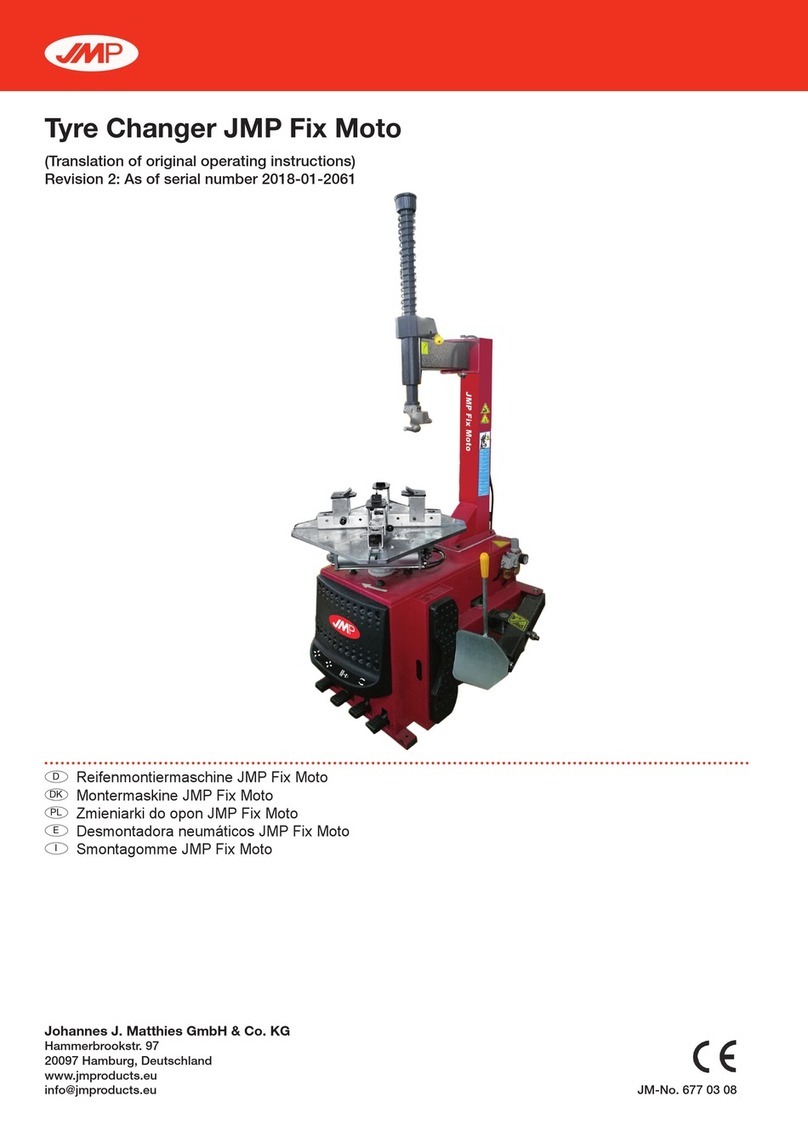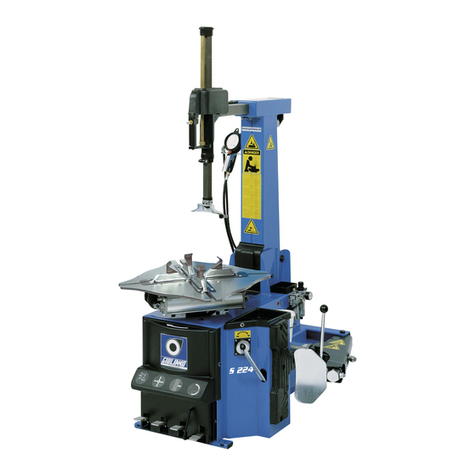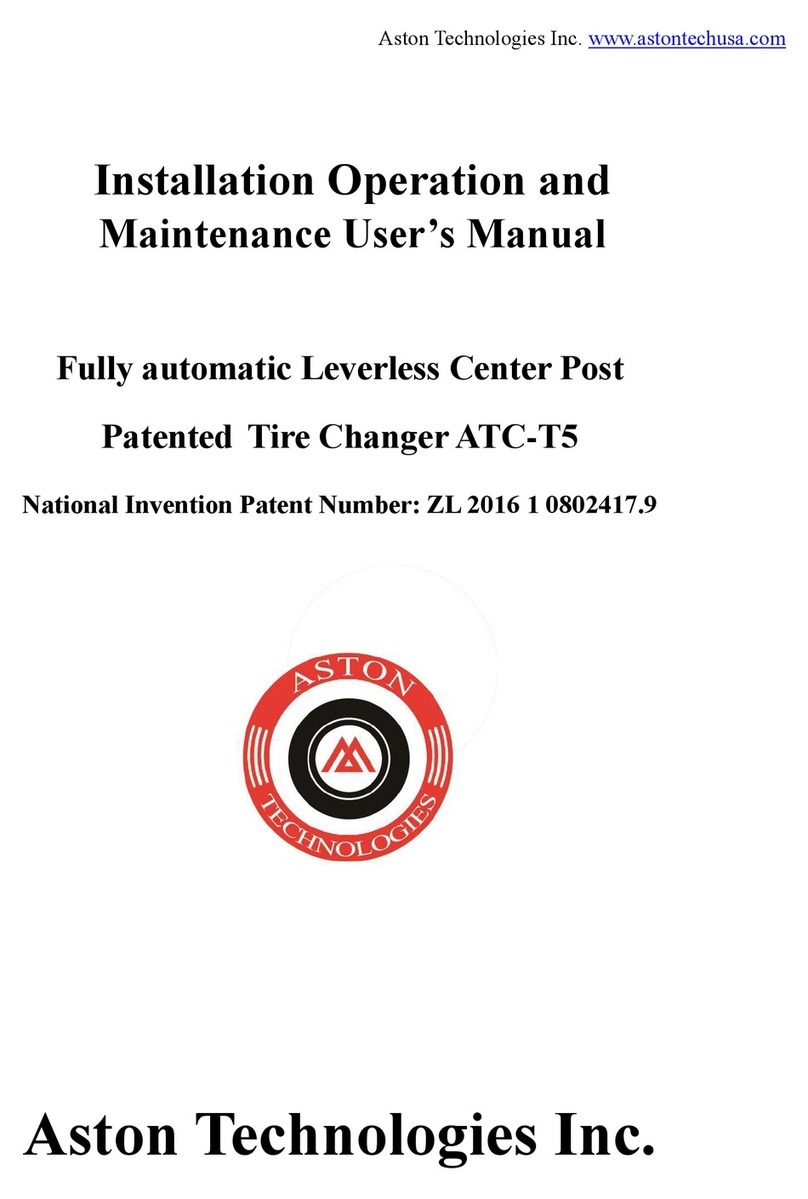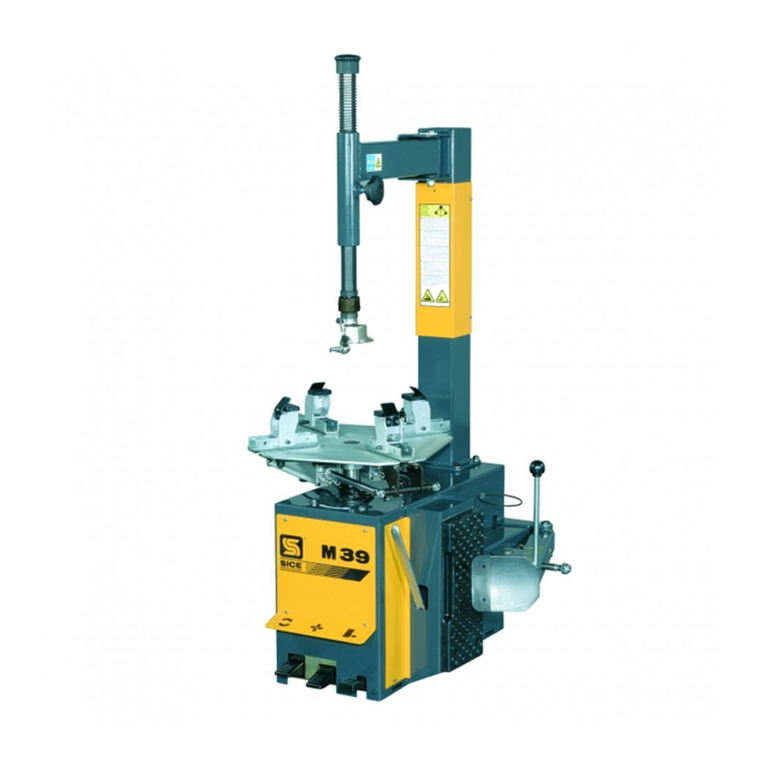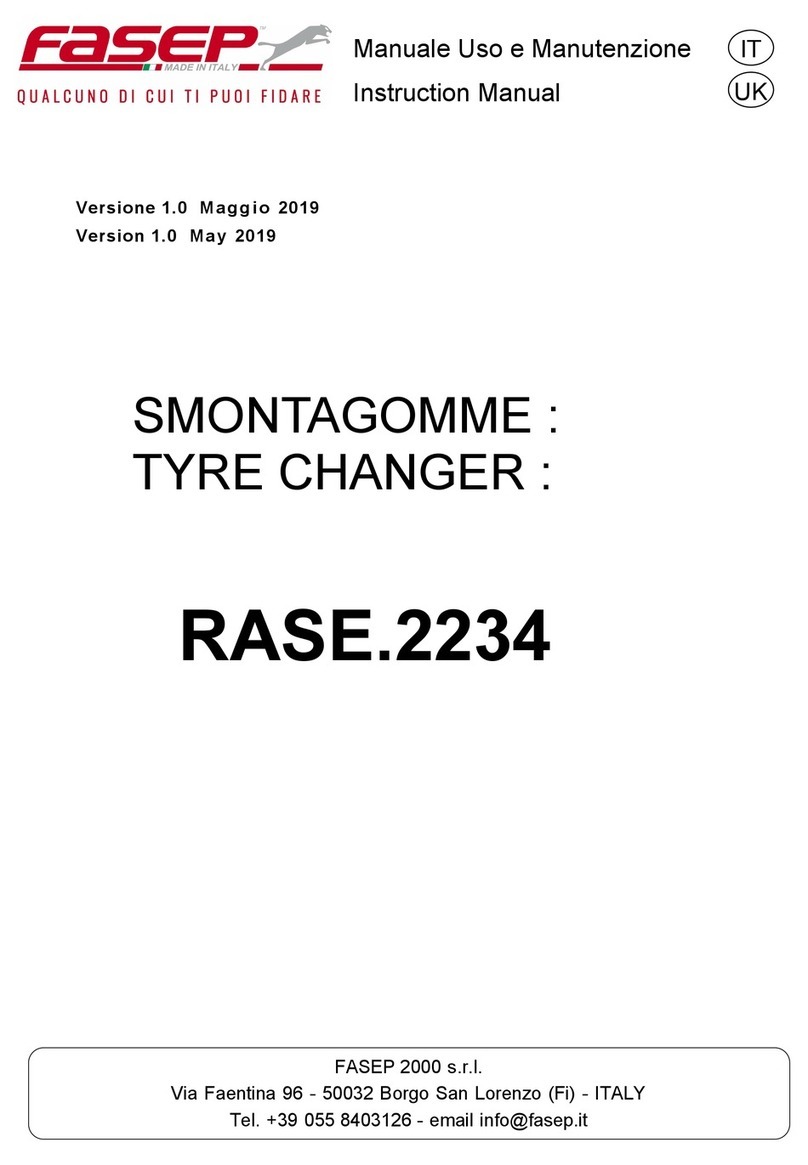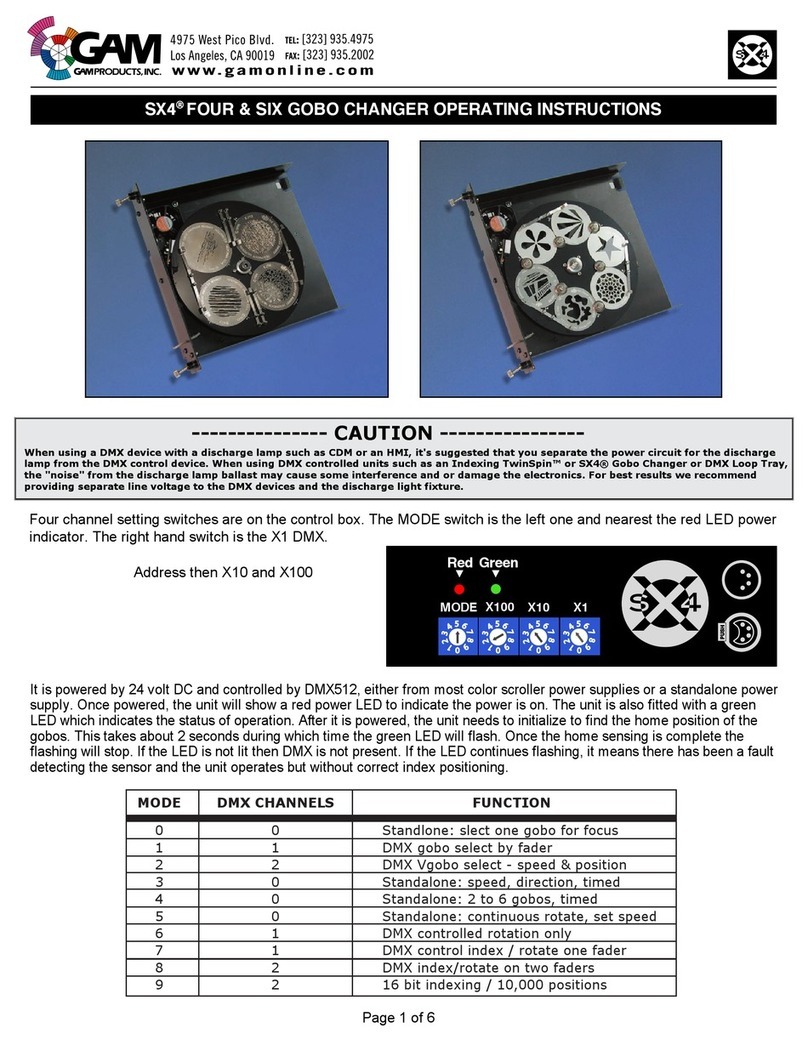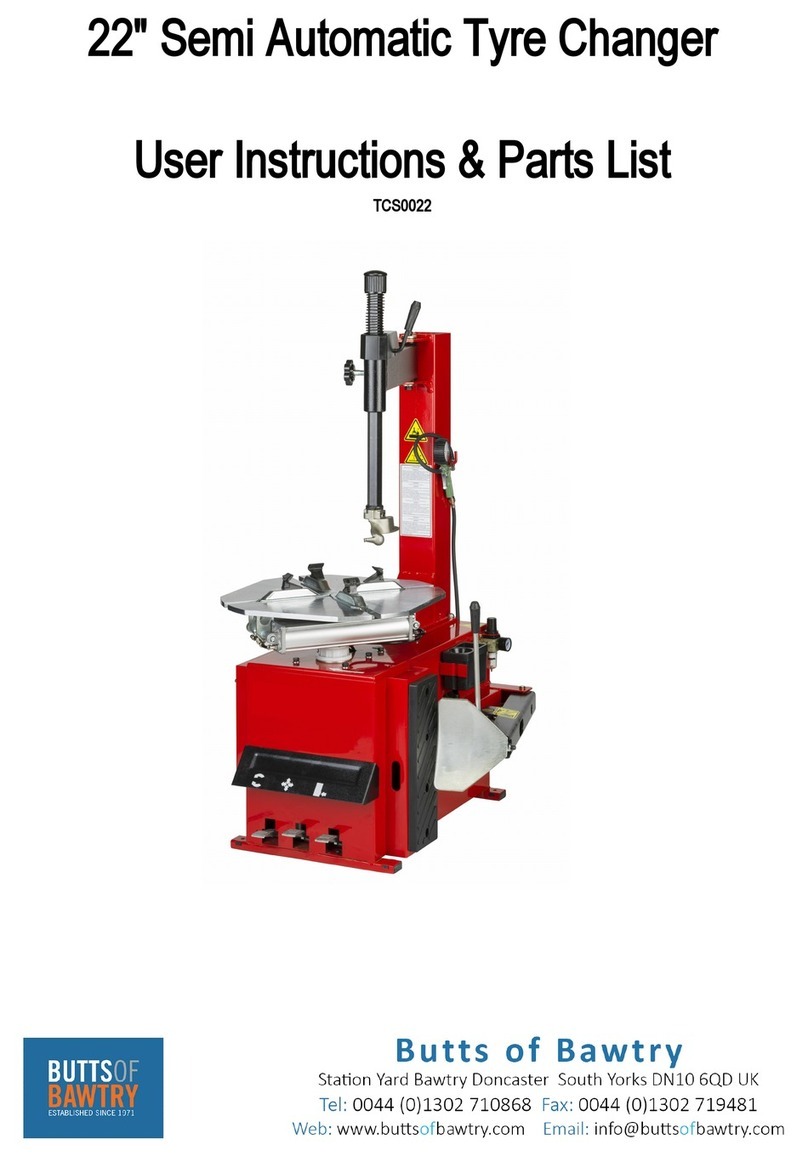
4.0 IMPORTANT SAFETY INSTRUCTIONS
When using your garage equipment, basic safety precautions should
always be followed, including the following:
1. Read all instructions.
2. Care must be taken as burns can occur from touching hot parts.
3. Do not operate equipment with a damaged cord or if the equip-
ment has been dropped or damaged – until it has been examined
by a qualified service person.
4. Do not let a cord hang over the edge of the table, bench, or coun-
ter or come in contact with hot manifolds or moving fan blades.
5. If an extension cord is necessary, a cord with a current rating
equal to or more than that of the equipment should be used. Cords
rated for less current than the equipment may overheat. Care
should be taken to arrange the cord so that it will not be tripped
over or pulled.
6. Always unplug equipment from electrical outlet when not in use.
Never use the cord to pull the plug from the outlet. Grasp plug
and pull to disconnect.
7. Let equipment cool completely before putting away. Loop cord
loosely around equipment when storing.
8. To reduce the risk of fire, do not operate equipment in the vicinity
of open containers of flammable liquids (gasoline).
9. Adequate ventilation should be provided when working on op-
erating internal combustion engines.
10. Keep hair, loose clothing, fingers, and all parts of body away
from moving parts.
11. To reduce the risk of electric shock, do not use on wet surfaces
or expose to rain.
12. Use only as described in this manual. Use only manufacturer’s
recommended attachments.
13. ALWAYS WEAR SAFETY GLASSES. Everyday eyeglasses only
have impact resistant lenses, they are not safety glasses.
14. To reduce the risk of injury, close supervision is necessary when
this product will be used around children. (Pertains to cabinets
only.)
15. To reduce the risk of injury, never overload the drawers or
shelves. Refer to loading instructions.
16. To reduce the risk of electric shock or fire, never overload re-
ceptacles. Refer to markings for the proper load on receptacles.
SAVE THESE INSTRUCTIONS
4.1 General safety rules
• Anytampering with ormodication tothe machinenot previ-
ously authorized by the manufacturer exempts the latter from all
responsibility for damage caused by or derived from said actions.
• Removingof ortampering with thesafety devicesor withthe
warning signals placed on the machine leads to serious dangers
and represents a transgression of European safety rules.
• Themachinemaybeusedonlyinareasfreefromthedangerof
explosion or fire.
• Theuseofonlyoriginalaccessoriesandsparepartsisadvised.
Our machine is designed to function only with original acces-
sories.
• Theinstallationmustbeperformedbyqualiedpersonnelinfull
compliance with the instructions given below.
• Ensurethattherearenodangeroussituationsduringthemachine
operating manoeuvres. Immediately stop the machine if it miss-
functions and contact the assistance service of an authorized
dealer.
• Inemergencysituationsandbeforecarryingoutanymaintenance
or repairs, disconnect all supplies to the machine by using the
main switch.
• Ensurethattheworkareaaroundthemachineisfreeofpotentially
dangerous objects and that there is no oil since this could damage
the tire. Oil on the floor is also a potential danger for the operator.
THE MANUFACTURER DENIES ANY RESPON-
SIBILITY IN CASE OF DAMAGES CAUSED BY
UNAUTHORIZED MODIFICATIONS OR BY THE
USE OF NON ORIGINAL COMPONENTS OR
EQUIPMENT.
OPERATORS MUST WEAR SUITABLE WORK
CLOTHES, PROTECTIVE GLASSES AND GLOVES,
AGAINST THE DANGER FROM THE SPRAYING
OF DANGEROUS DUST, AND POSSIBLY LOWER
BACK SUPPORTS FOR THE LIFTING OF HEAVY
PARTS. DANGLING OBJECTS LIKE BRACELETS
MUST NOT BE WORN, AND LONG HAIR MUST BE
TIED UP. FOOTWEAR SHOULD BE ADEQUATE FOR
THE TYPE OF OPERATIONS TO BE CARRIED OUT.
9

